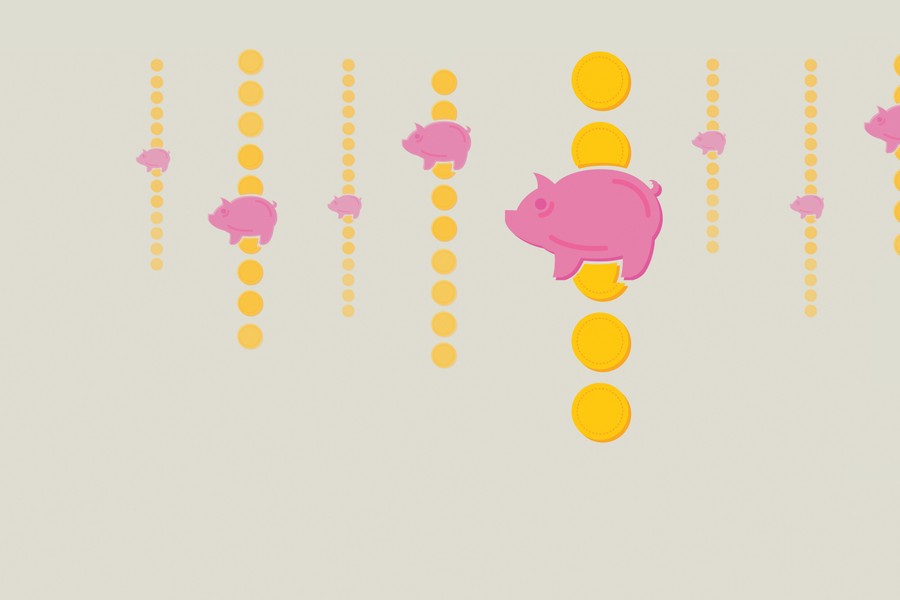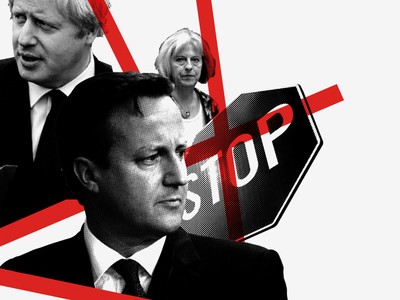Negative rates are effectively a tax on deposits, and as such are intrinsically contractionary and therefore a form of financial repression. The starting and simplistic view on negative interest rates is that it discourages bank deposits and encourages people and companies to invest or spend their money; and that gets the economy going again.
At the same time however, it encourages banks to lend their money rather than deposit it at a cost, which also helps get the economy going. And if savers move their money to another currency which actually pays a credit rate of interest, then your currency falls and that helps exports……which generally gets the economy going.
This starting premise ignores the fact that the clearing mechanism for borrowers and savers is banks. Bank profitability is substantially driven by their Net Interest Margin, or NIM. In normal circumstances a bank might pay, for example, 3% on deposits and lend money at 7%, so earning a 4% NIM. If a bank’s Central Bank charges them for deposits (negative 0.5% for example), or lends them money at 0.1%, then that means that banks should really quote their clients something like -2% on deposits and 2% for borrowing; thus preserving their NIM of 4%.
The trouble is that depositors don’t like being charged for their deposits, so retail investors might hide their cash under the mattress or buy other interest bearing instruments, such as bonds. If banks then have to move their rates to 0% for depositors to stop them leaving and 2% for borrowers, then their NIM has shrunk to 2%, their revenue halves and their profits probably disappear. If a bank needs a NIM of 4% to make a profit after provisions for bad debts then you could find that a NIM of 2% means the bank is losing money after provisions; so it just stops banking.
So one conclusion you could reach is that negative interest rates might cause lending to shrink, when the whole idea designed to do exactly the opposite.
So if negative interest rates are fraught with problems, what are the alternatives? One option is “helicopter money” which involves metaphorically throwing newly printed money out of a helicopter, in the hope that people will spend it. In my opinion, a better way would be to reduce taxes, which encourages people to work, rather than hang around waiting for passing helicopters.
The trouble is that the more wily of us realise that less taxes means unbalanced government books, which in turn means more government borrowing, leading to more government debt to be paid back (from the people via higher taxes eventually); this actually encourages us to save to pay off the future debt, rather than spend the cash.
So as long as banks choose to absorb the tax that is negative interest rates themselves, it can work; but if banks choose to pass that tax on, it will be savers and borrowers who end up paying. I cannot see that the increased economic activity that negative interest rates may generate will be sufficient to offset the effect of this tax.
Alternatively, if we think of negative rates as a monetary operation rather than a tax, we can say that the central banks drain back a small proportion of the reserves they add to the system through Quantitative Easing, which is effectively monetary tightening. Again, I question the benefit of this, leaving me unconvinced that negative interest rates are the right course of action.



